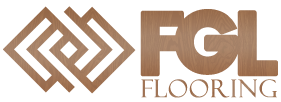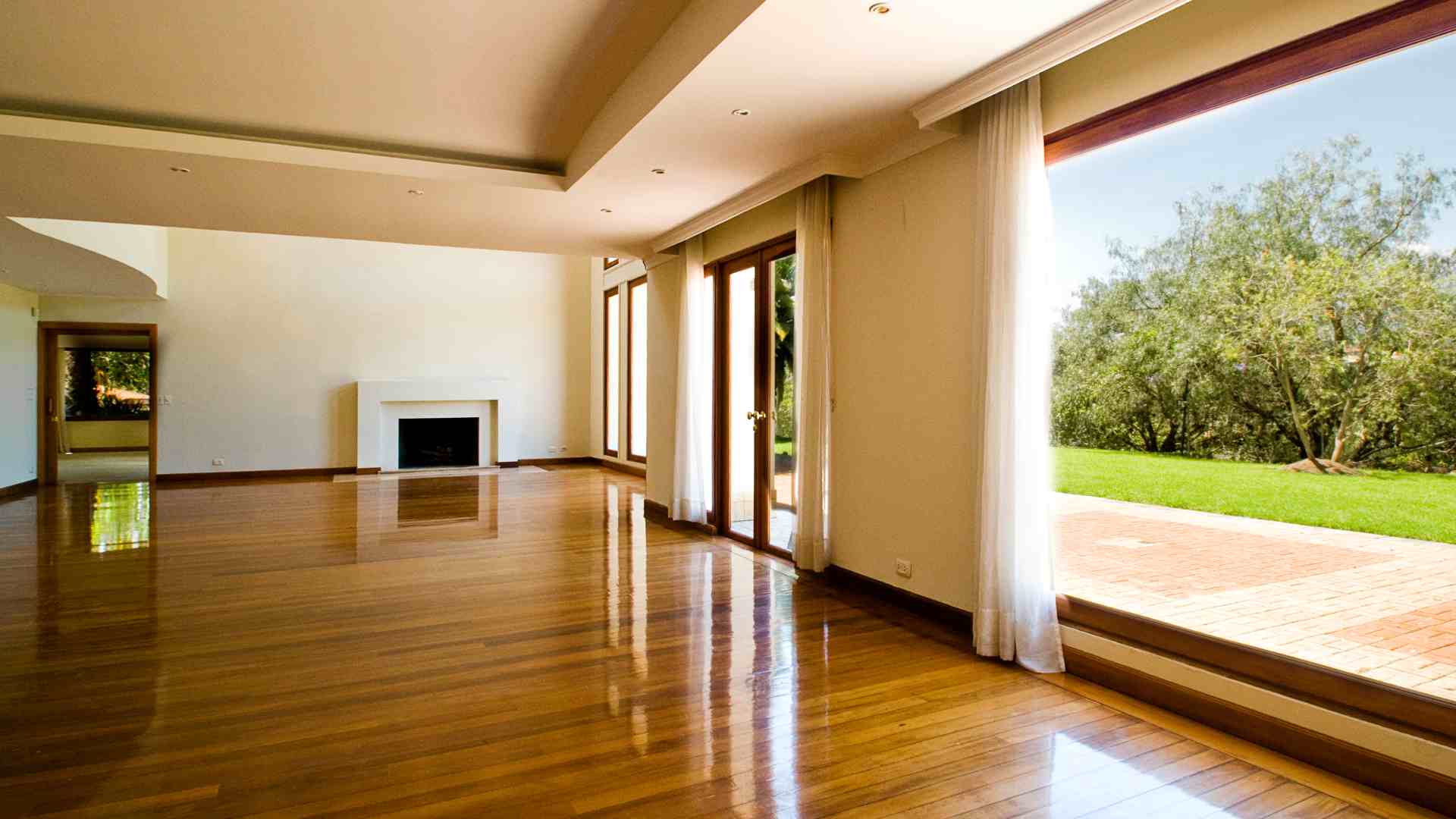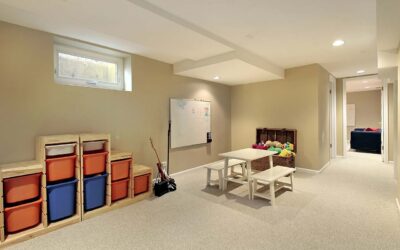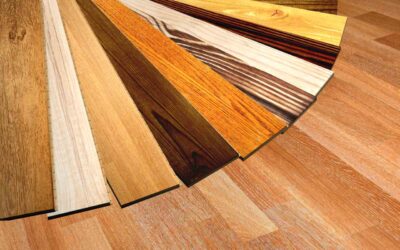One of the most sought after and desired types of flooring is hardwood. It’s aesthetically pleasing and tough enough to last for centuries. It’s this kind of durability that makes it so enormously popular.
If you’re installing hardwood floors, there are a few critical don’ts to follow so that you have the best experience with your new flooring. To help you make the most of your home renovations, here are seven hardwood flooring mistakes to avoid.
Choosing The Wrong Wood
When choosing the right engineered hardwood flooring, the first thing you should consider is how each option will fit the rest of your home. Consider both the function and style of your room. If you’re putting the floors down in a high-traffic area of the house, a harder wood like hickory or maple would work the best to resist scratches and other day-to-day wear. Lighter-colored options also help hide scratches. If you have pets or kids, lighter hardwood might be the best way to keep your floors looking nice. On the other hand, if the room has a lot of natural light coming through, darker colors will hold up better against sun damage. Be sure to do your research to find which hardwood option works best for your home and lifestyle.
Cutting Corners In Installation
Quality should be your main priority during the installation process. Mistakes during this step can cause trouble throughout the life of your hardwood flooring. Save yourself the hassle by making sure you do the job right from the beginning. Be careful when trying to save time or money. For example, while installing engineered hardwood flooring can certainly be a DIY job, you probably don’t want to do it yourself if you don’t have the necessary experience. Additionally, if you do hire someone to install your new floors, make sure they’re reliable and certified. You also want to take the time to measure (and remeasure) the floor, take advantage of samples to choose the best color and style, and figure out the best installation method for your room. The more research and effort you put in initially, the better your results will be both now and throughout the life of your hardwood floors.
Not Preparing The Subfloor
One part of the installation process that deserves special attention is the subfloor. Before putting down your new hardwood, you need to make sure the subfloor is ready to provide a sturdy and dry foundation for your floors. An unprepared subfloor can lead to loose boards that shift and squeak. It can also cause more severe structural damage if your subfloor is wet during installation. The first step of your installation process should be to clean the subfloor of any dirt and debris, then allow it to dry completely. A clean, flat, and water-free subfloor is key to a solid installation and sturdy, reliable hardwood flooring.
Gaps In Floors
Hardwood floors tend to move with their environment. If you install your floorboards incorrectly, they might shift and expand over time. Most of the time, this is a result of placing your floorboards down over a wet subfloor. The moisture and humidity cause the boards to cling tightly to one another. Then in drier seasons, the boards retract and reveal gaps. These gaps can also come from a subfloor that is too hot or dry, such as the space around a heating duct or a part of the floor that gets a lot of sun. While gaps aren’t unusual in your hardwood floors, ones that are very large and irregularly spaced will create an aesthetic issue you don’t want in your room.
Warping And Cupping
Warping is one of the most common hardwood flooring issues. Like many wood flooring problems, warping comes from too much moisture or humidity in your floorboards. This often happens because of water damage or a change of seasons, so it’s important to keep an eye on your foundation and flooring to make sure you catch any potential moisture issues. Warping can cause a few different aesthetic and structural issues. If your individual floorboards warp so the edges curl up while the bottom sinks down with moisture, this is called cupping. You can often fix cupped floorboards by simply fixing the humidity levels in the room. With all warped flooring issues, the most important thing to do is to find the water damage that’s causing the problem. If you don’t identify and fix the leak, spill, or humidity levels, the damage will continue even after you’ve replaced your flooring.




0 Comments